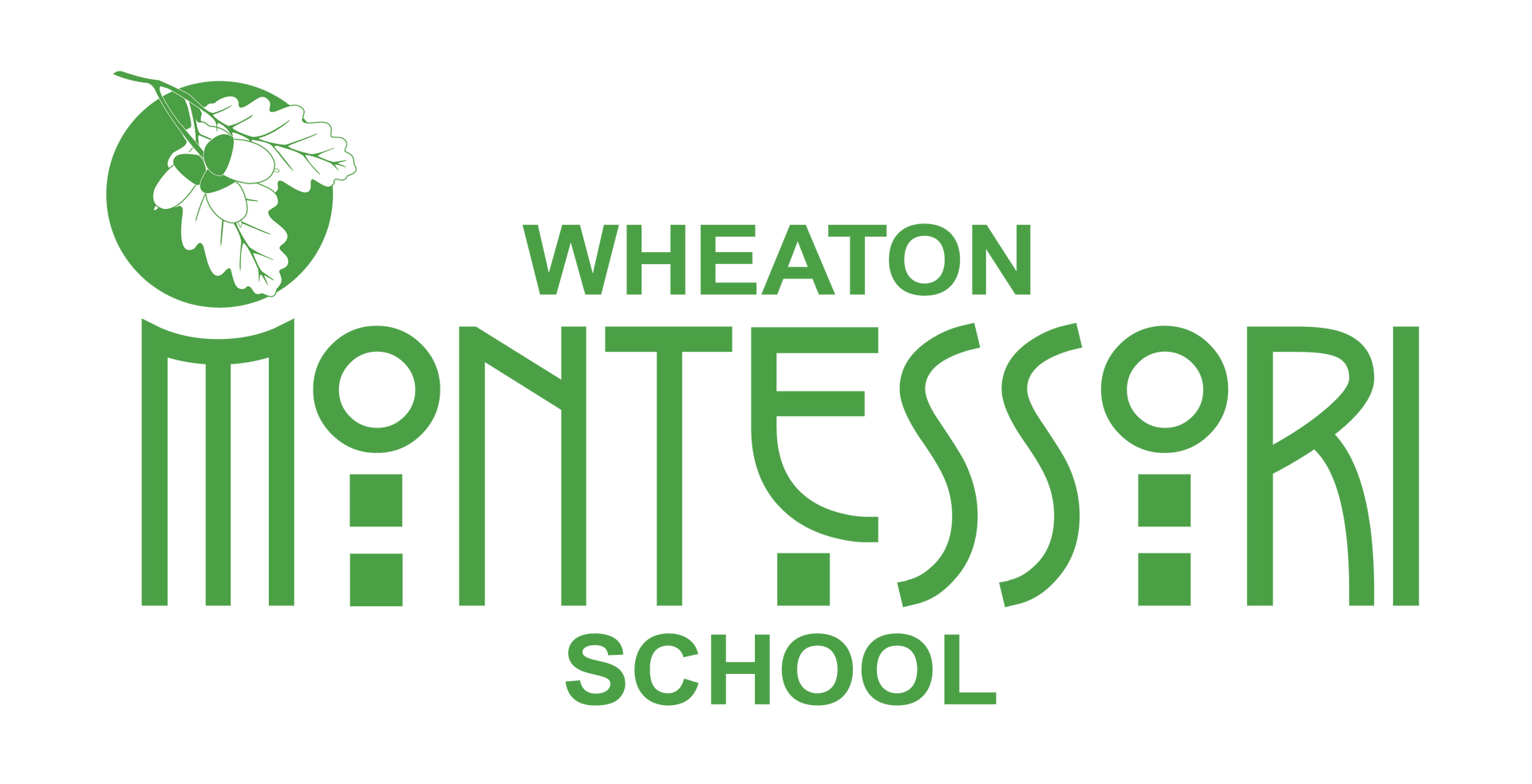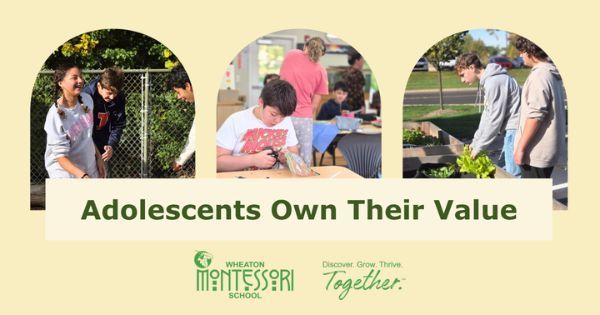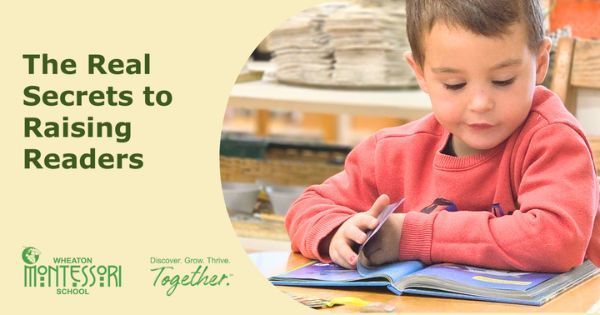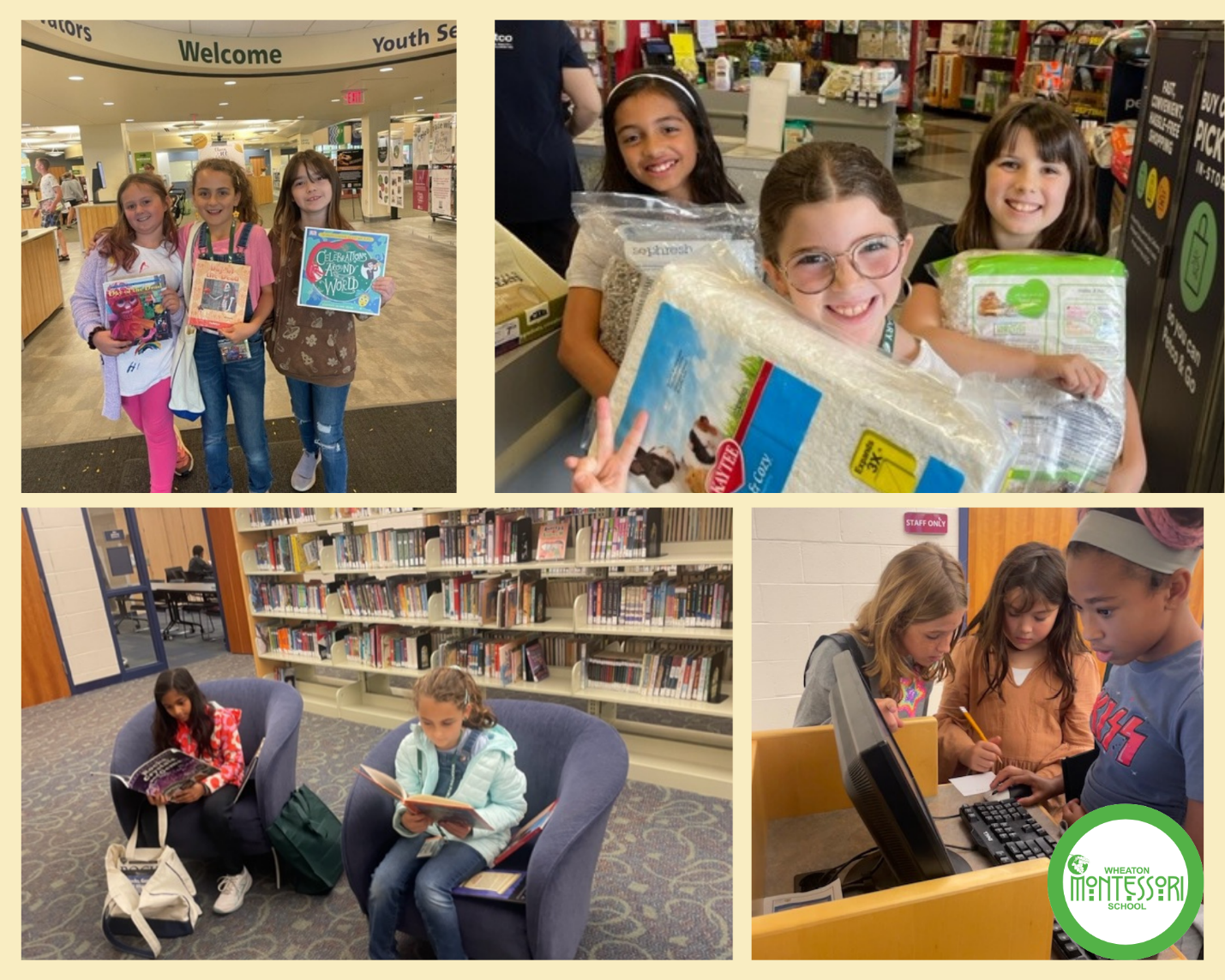
“When the child goes out, it is the world itself that offers itself to him. Let us take the child out to show him real things instead of making objects which represent ideas and closing them in cupboards.”
– Dr. Maria Montessori.
Going Out is an essential part of the Montessori Elementary curriculum. It is a trip initiated and organized by a small group of children - usually two to four, according to the project of interest they are working on. It differs from a field trip, generally arranged with a larger group of children, and run by an adult. These trips include visits to the museums, parks, libraries, pet and grocery stores, to name a few.
Maria Montessori states when the child enters the elementary class, we must “...give him a vision of the whole universe”. The six-to-twelve-year-old child has a voracious appetite for learning and a vast imagination, and the bulk of the knowledge they gain for life is acquired during their elementary years. They want to know, they want to work, they are always inquiring, and the Going Out program helps to feed and reinforce their creative imagination.
The elementary classroom extends beyond the prepared classroom by design as the child needs more experiences outside the prepared classroom to explore and gain real experiences and gather additional information to support what is available in the classroom. They are drawn to using their active imagination and will always choose to investigate all existing avenues for learning inside and outside the elementary classroom environment.
Going Out must be timely to fulfil the child’s need for knowledge acquisition so their learning is seamless. Recently, for example, two upper elementary students’ interest in rocks and gems led them to visit the Lizzadro Museum. Upon their return, they were happy to share experiences with their peers and conduct additional research to complete their project.
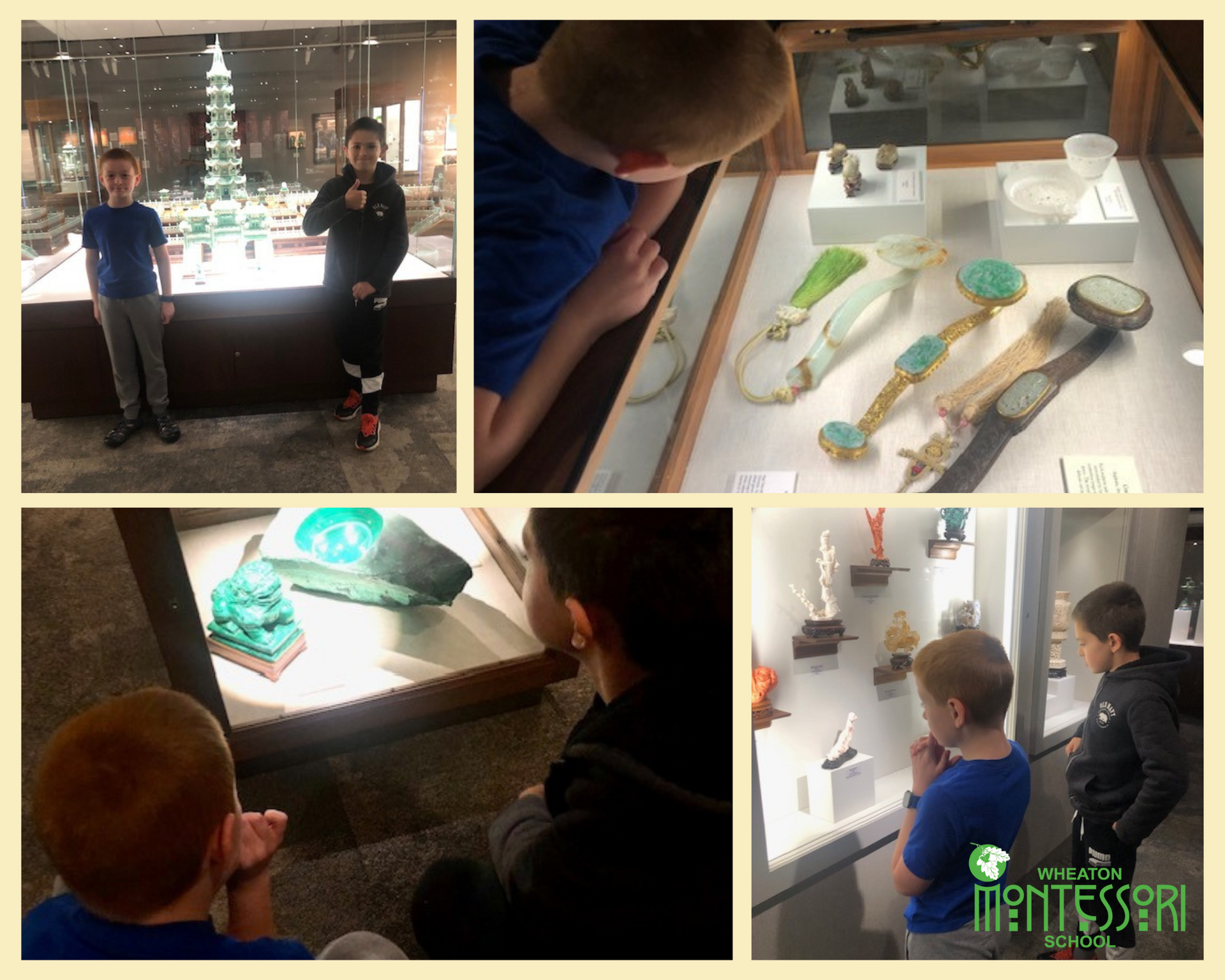
Another group that has done extensive research on foxes has scheduled a visit to Cosley Zoo. Their feedback and excitement upon completing that trip will undoubtedly create a buzz and encourage their younger peers to plan big projects.
Going Out trips teach the six-to-twelve-year-old child to:
- Improve social and communication skills.
- Maintain decorum in public spaces, cooperate with and respect all people and shared equipment.
- Learn to navigate external educational resources, search for relevant and factual content, make enquiries and ask for assistance from other adults.
- Become proficient in planning and scheduling, calculating costs, reading maps, prioritizing needs, and time management; necessary skills for visiting a place like the Field Museum.
- Develop a sense of purpose, responsibility, and accountability (especially for outings related to purchasing material for projects, the environment and pet care).
- Develop empathy, a culture of giving and a sense of gratitude.
- Grow independent and confident.
- Prepare towards adolescence.
At Wheaton Montessori School, it is a joy to watch the camaraderie between 1st-6th grade children as they experience and navigate social norms together, form tighter bonds with chaperones, other adults, and people they meet, and embark on exciting adventures and projects both inside and outside our elementary classrooms, under the guidance of their able, trustworthy, and dedicated teachers and the teacher’s assistants.
Going Out facilitates the elementary child’s complete education. They acquire a moral and social construct, gather the tools they need to find their unique place in this world, and ultimately fulfill their cosmic task.
Current families can schedule an elementary tour by clicking this link. Get further information on our elementary program and see work in progress in our beautifully designed classrooms.
Current parents please use these links to sign up for your classroom observation:
Adolescent Seminar Observation
Ms. Searcy’s Upper Elementary Classroom Observation
Mrs. Fortun’s Lower Elementary Classroom Observation
Mrs. Mayhugh’s Lower Elementary Classroom Observation
Mrs. Berdick’s Primary Classroom Observation
Ms. Carr’s Primary Classroom Observation
Ms. Chiste’s Primary Classroom Observation
Mrs. Rogers’ Primary Classroom Observation
